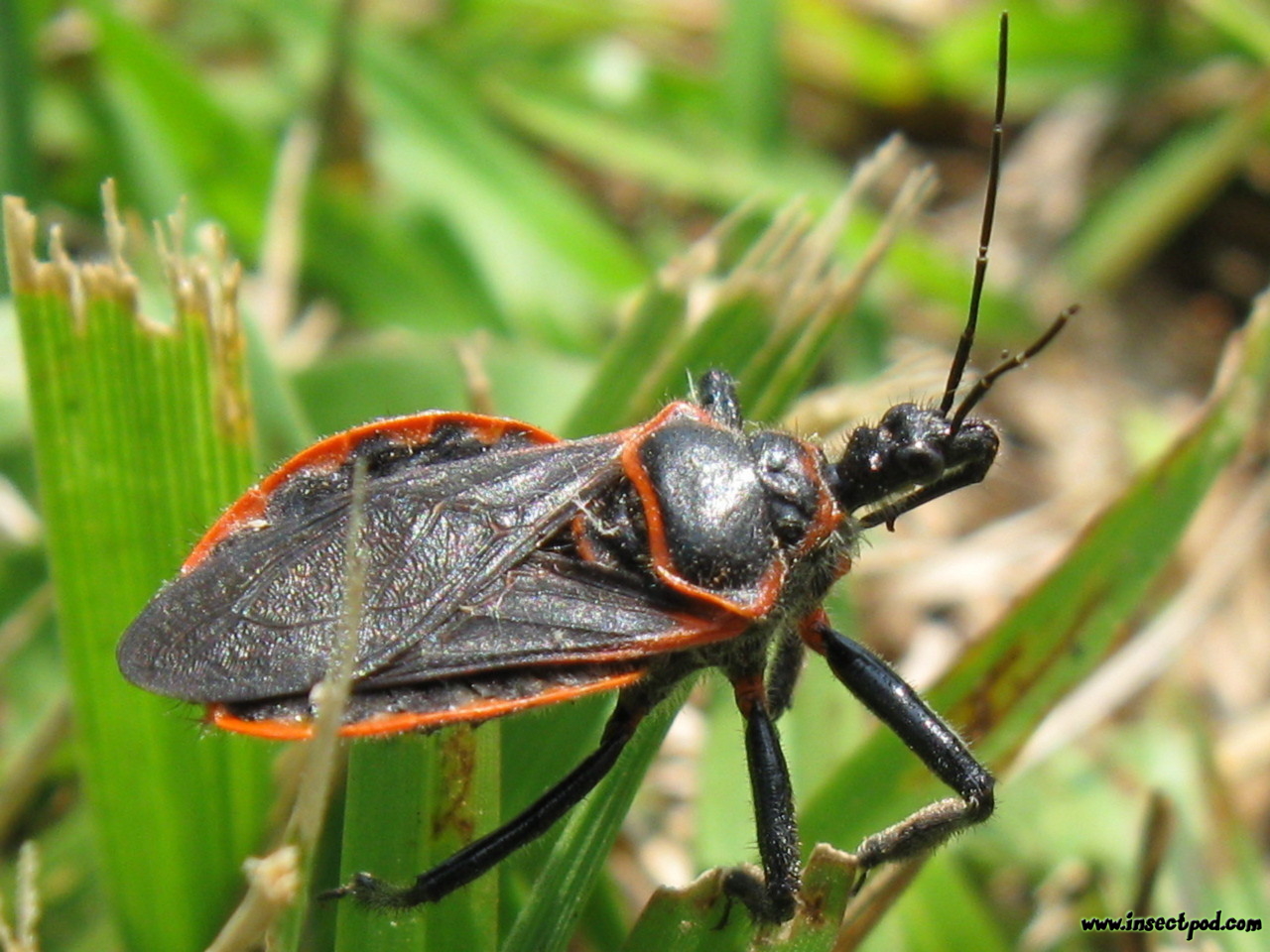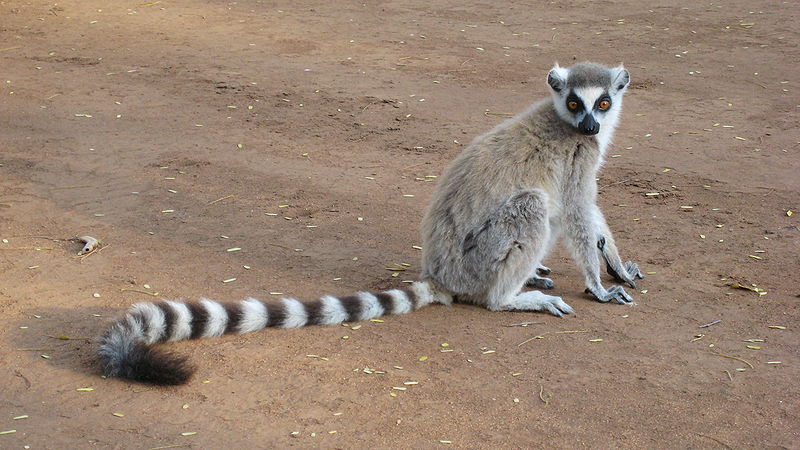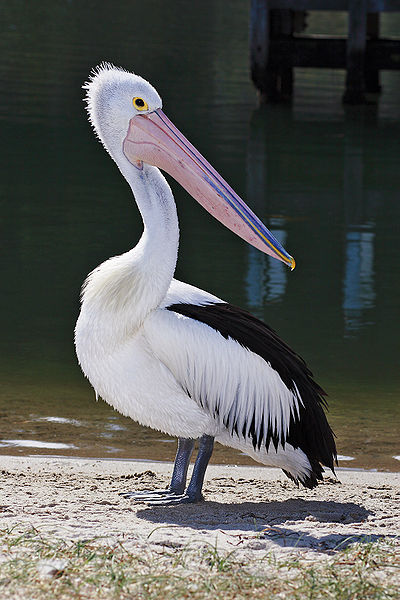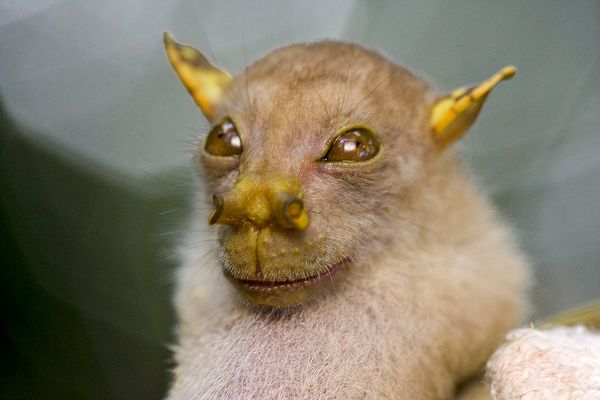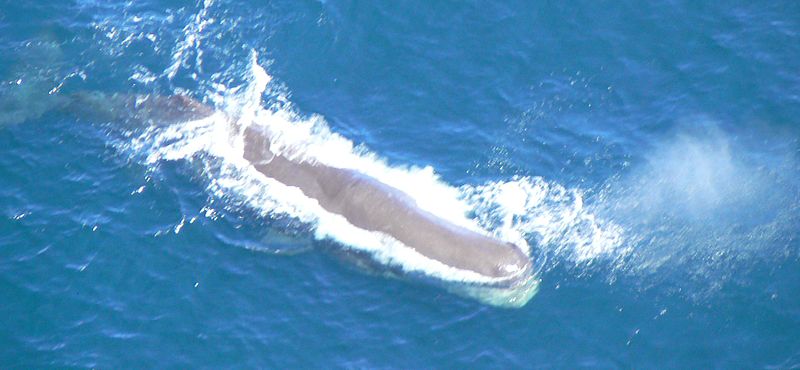
If you read the title and looked at the picture then you are probably fully aware that we are getting away from the interesting frog species we learned about last week. That’s right, we are heading to the skies to learn about the Tropicbird. As you might expect, this bird species can be found in Tropical locations. It is funny how that works, isn’t it? At one time it was thought the Tropicbird was closely related to other large seabirds such as Pelicans and Frigate birds. Apparently, this is no longer the case as it appears the Tropicbird does not have any close relatives (that we know of). I bet their Family Reunions would be incredibly boring.
As mentioned the Tropicbird is a large seabird and can grow up to about 1 m (3′) in height. All three species of Tropicbird are typically white in colour with long tail feathers and skinny legs. So what does a large seabird like this eat? Well, like other ocean birds they feast on fish with the odd squid or crustacean thrown in for good measure. It would be neat to watch one of these birds hunt as they tend to plunge-dive into the water to catch their tasty snack. I haven’t even jumped off a diving board before so I have no idea how these birds can just dive bomb the water.
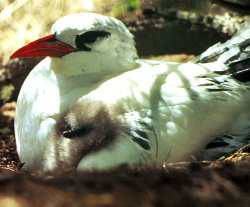
Outside of the breeding season this beautiful bird will typically hang out by themselves. They may be found hunting in pairs but for the most part tend to be quite solitary. Naturally the Tropicbirds come together on the breeding grounds which are generally located on the tops of cliffs. After mating the female will lay a single egg (talk about putting all your eggs in one basket) which is incubated by both the male and female. After 6 weeks the egg will hatch and the chick will stay with Ma and Pa for about 3 months before leaving the nest. It is nice to see both birds working together to take care of their little one.
Tropicbird Fast Fact – The Tropicbird typically takes part in amazing courtship displays. Anywhere from 2–20 birds will simultaneously and repeatedly fly around each other in large, vertical circles. While flying in circles they will swing their tail streamers from side to side. If the female likes the show then she will mate with the male in his nest site. As you can imagine disputes will occur from time to time. This would be like watching the Canadian Snowbirds performing their aerobatic tricks……but of course with jets instead of actual birds.
It looks like we are done with the Tropicbird for now. I hope you enjoyed Monday’s Wild Fact. See all of you tomorrow.

